Stay safe during a tornado
We're here to help protect you before, during and after a natural disaster.
Here's a quick view of what to do before a natural disaster hits.
-
Step 1 of 4 Create an evacuation plan.
-
Step 2 of 4 Grab your survival kit.
-
Step 3 of 4 Gather important documents.
-
Step 4 of 4 Photograph your property.


Stay informed and help protect your family, pets and belongings.
Learn the difference between tornado watch and warning.-
Tornado watch: Tornadoes are possible in and near the watch area.
-
Tornado warning: Seek safe shelter immediately. A tornado has been sighted or indicated by the National Weather Service Doppler radar or a reliable report.
Learn more ways to stay informed
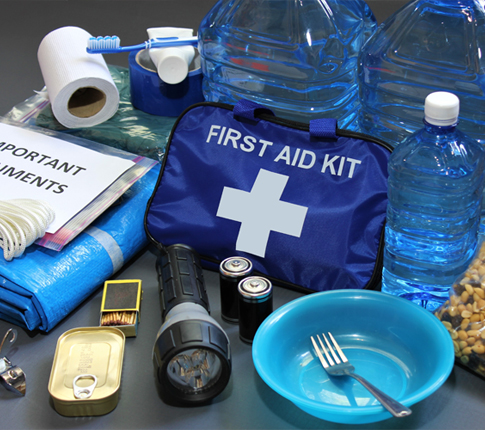
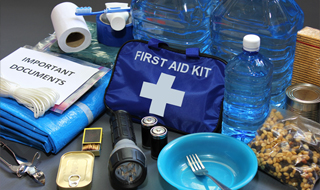
Be ready to react.
Check the batteries in your weather radio. It's your best chance to stay safe since there's little warning of approaching storms.
Learn how to be ready

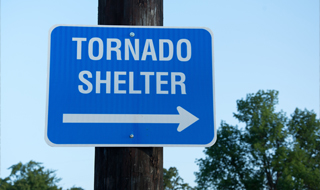
Know what to do outside.
Don't try to outrun a tornado in a vehicle. If you're confined to a car, keep your seatbelt on and don't get under an overpass or bridge. You're safer in a ditch or low-lying area.
If there's a safe building nearby, get inside immediately.
Protect your body by covering it with something like a blanket or coat. Cover your mouth with a cloth or mask to avoid breathing dust. Watch out for flying debris that can cause injury or death.


Know what to do inside.
Go to a basement, storm cellar or safe room. Remember your pets if time allows. Try to get to a small, interior room without windows, such as a closet or bathroom, on the lowest level of a sturdy building. Put as many walls between you and the outdoors as possible.
Learn what to do inside
Here's a quick view of the claim process.
-
Step 1 of 4 Tell us what happened.
-
Step 2 of 4 Inspect damages and review your estimate.
-
Step 3 of 4 If coverage applies we pay for damages, minus the deductible.
-
Step 4 of 4 Repair or replace your property or vehicle.
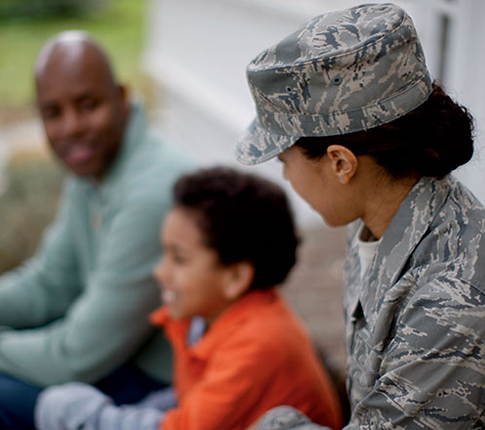

Take steps to protect your personal safety.
Listen to authorities and local news for updates to find out when it's safe to return home and if water is safe to drink.
Learn how to protect your personal safety


Know your rights and protect your finances.
Contact your insurance company before signing an Assignment of Benefits with a third party. This includes auto windshield repair shops, water extraction or mitigation companies and other contractors. Signing over your insurance benefits to a contractor or other vendor may seem convenient at the moment, but you may lose your rights under the policy to that third party and lose control of your claim.
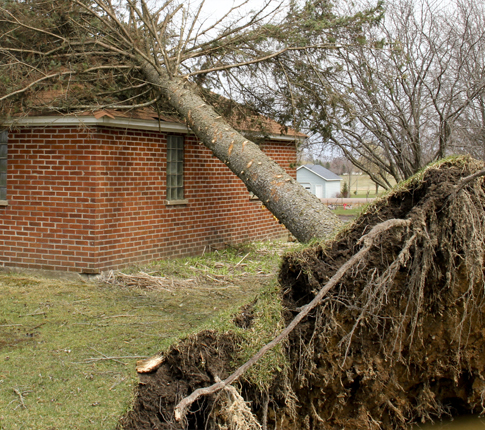
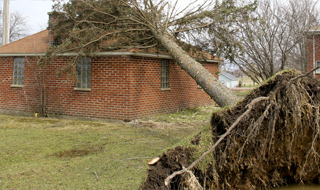
Inspect your property and assess the damage.
Property damage isn't always immediately evident. If you find property damage, file a claim. Take photos of any damage before you remove debris or make temporary repairs. Be sure to check for any signs of water leaks, especially in the ceilings. If you need to make temporary repairs to prevent further damage, save the receipts for reimbursement consideration. Avoid making permanent repairs until your claims adjuster has assessed damage.
Learn how to assess the damage
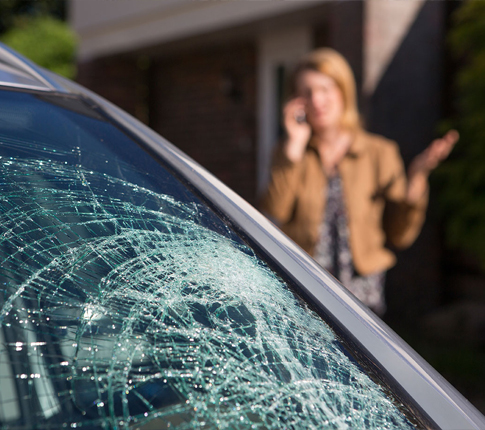
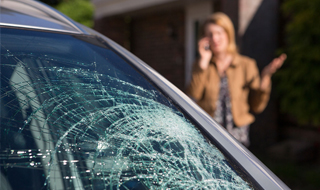
If your vehicle is damaged by a natural disaster, file a claim.
Take photos of any damage before you remove debris or make temporary repairs. If you need to make temporary repairs to make it safe to drive, save the receipts for reimbursement consideration. If there's only damage to your auto glass, file an auto glass claim. If there's damage to more than just your auto glass, file an auto claim.
Stay informed and help protect your family, pets and belongings.
-
Move to an interior room on the lowest floor of a sturdy building. Avoid windows. If in a mobile home, a vehicle or outdoors, move to the closest substantial shelter and protect yourself from flying debris.
Know the signs of a tornado including a rotating, funnel-shaped cloud, an approaching cloud of debris or a loud roar similar to a freight train.
- Sign up and listen to emergency alerts , NOAA Weather Radio or local alerting systems for current emergency information and instructions, and stay aware of the latest news and updates from your local media and fire department.
- If you've received evacuation orders or believe it's unsafe to stay, review your family, home and pet evacuation plans.
- Know how to turn off your gas, electricity and water in case you need to evacuate, if time permits.
- Get your mobile devices ready for a storm .
Be ready to react.
- Create a survival kit .
- In case you need to evacuate, locate an open shelter.
- Should you become trapped by debris, be loud. Try to send a text, bang on a pipe or wall, or use a whistle or air horn instead of shouting. Cover your mouth with a cloth or mask to avoid breathing dust.
Take steps to protect your personal safety.
- If you've been evacuated, locate an open shelter.
- Communicate wisely by sending text messages or using social media to reach out to family and friends. Phone systems are often busy following a disaster.
- Be aware of fallen power lines, broken gas lines and dangerous materials. Report them immediately to a power company.
- Don't touch electrical equipment if it's wet or if you're standing in water. If it's safe to do so, turn off electricity at the main breaker or fuse box to prevent electric shock.
- Protect yourself from harmful bacteria, airborne inhalation hazards and electrical hazards. Wear rubber boots, respiratory protection, rubber gloves, goggles, headcover and other protective clothing.
- Protect yourself from infectious diseases by using insect repellent.
- Use caution when entering your home, and avoid bringing your children and pets until you're able to inspect your property.
- Prevent carbon monoxide poisoning . Use generators, stoves and grills outside, away from windows and doors.
- Use antibiotic ointment for abrasions or cuts and cover them as best you can to avoid infections.
- These tips can help you and your loved ones recover from a tornado.
Know what to do inside.
-
Cover your head with a helmet or your arms. If you have time, putting a mattress over you can also help keep you safe.
- Mobile home residents need to take extra precautions. Go to a prearranged shelter. If you can't leave, go outside and take shelter in a ditch or low-lying area far enough away to protect you from falling debris. Use your hands and arms to protect your head.
- If you live on an upper floor of an apartment building or work in a tall office building, seek shelter on the first floor such as an interior hallway.
- If you are in a shopping mall or large store, move as quickly as possible to an interior bathroom, storage room or other small enclosed area that is away from windows and exterior walls.
Inspect your property and assess the damage.
- The wind may have damaged your roof enough to allow water to enter your home. Although not typically covered by insurance, consider hiring a licensed contractor to inspect your roof for damage.
- Protect your property from further damage by covering roof openings, broken windows or doors with tarps or plywood, and save receipts for what you spend for reimbursement consideration.
Mobile Response Locations
We are no longer stationed with our temporary disaster sites at this time, but we're still here to help in your time of need. You can file and track a claim, real-time online, by selecting the "Claim" button on this page, speak with one of our qualified claims experts or for quick access to manage your USAA accounts all in one place, take a minute to download our USAA Mobile App.